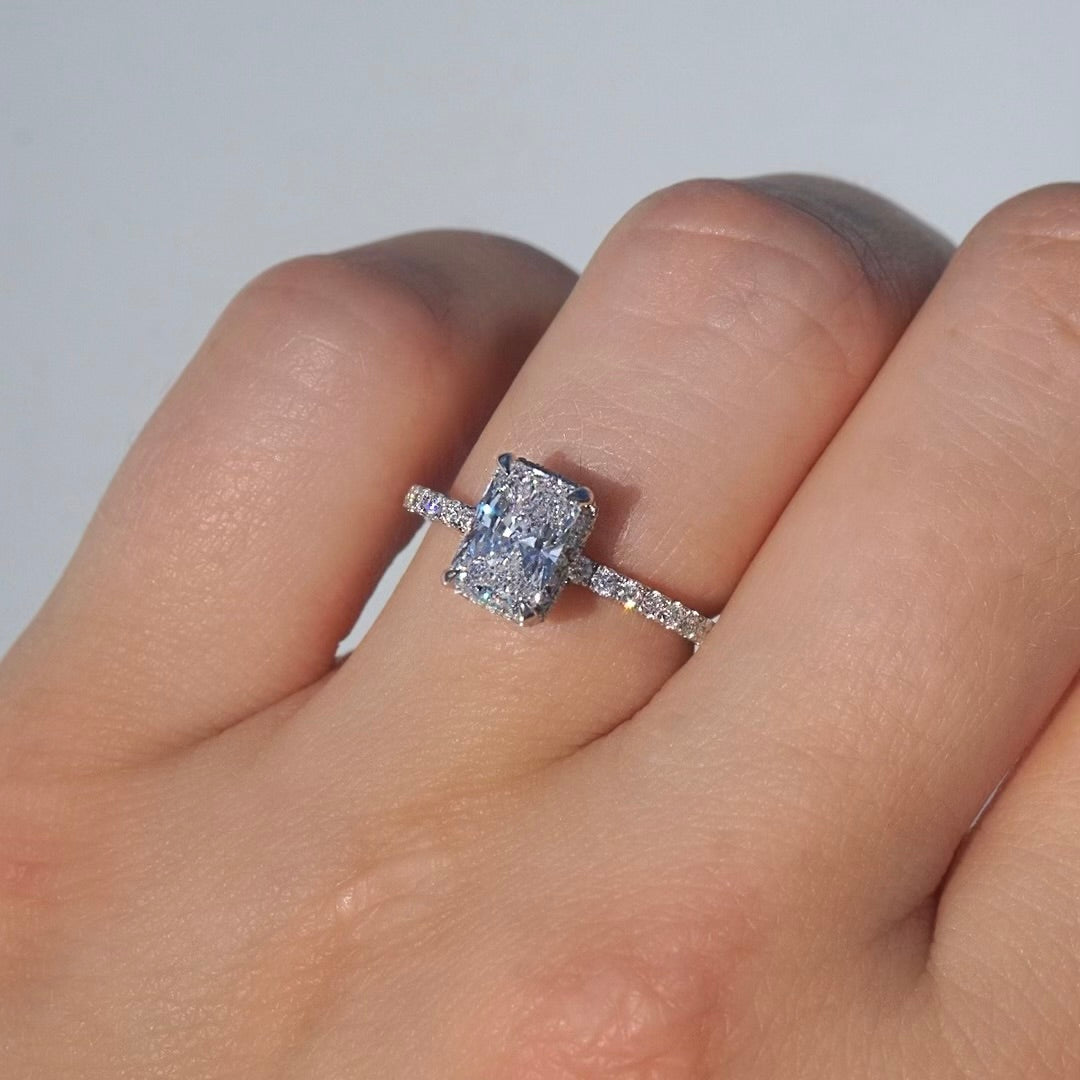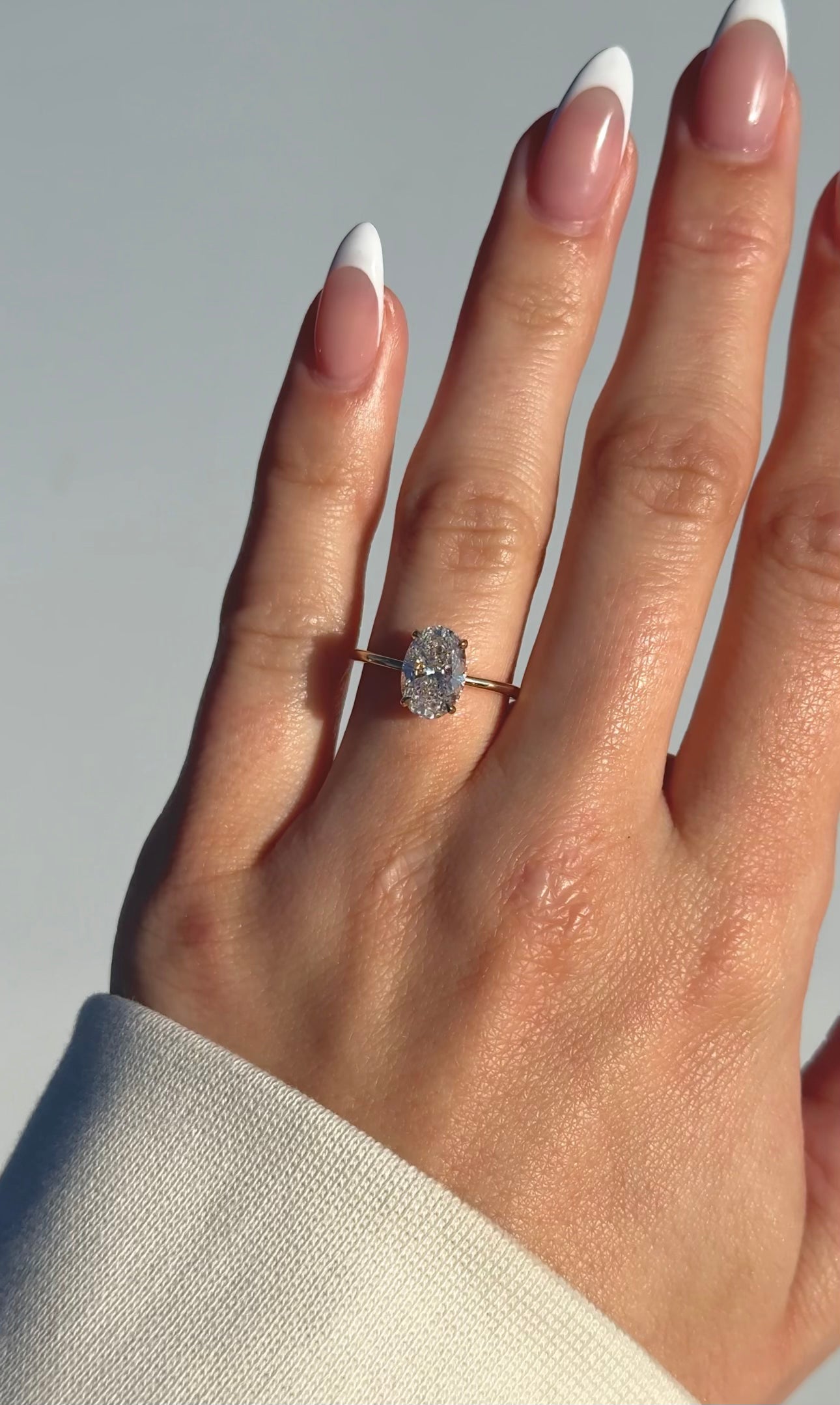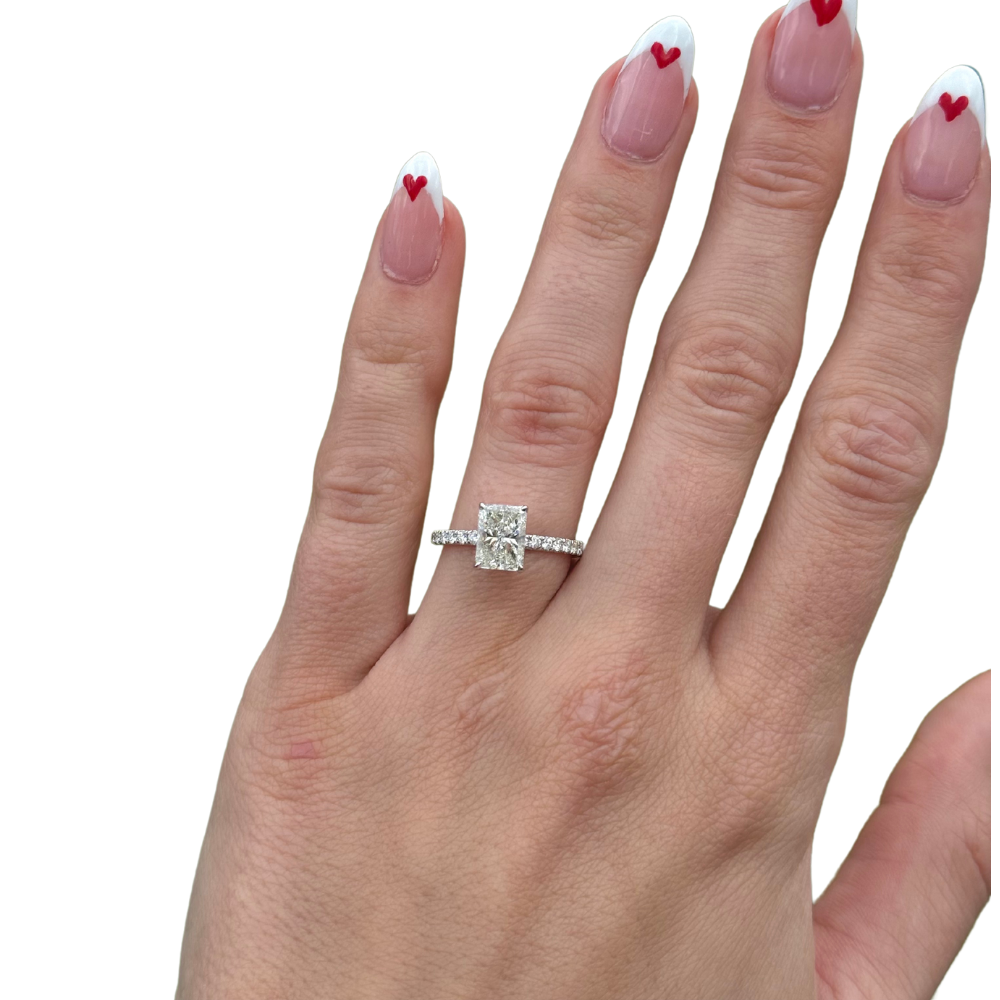Diamonds have been recognized for their rich sentimental value and unrivaled brilliance for centuries. While these natural stones are still precious, recent years have witnessed a massive spike in the demand for lab-grown diamonds such as CVD diamonds.
This article delves into the world of synthetic diamonds and the reasons for their growing popularity to help you decide whether a CVD diamond is the right choice for you.
What Are CVD Diamonds: A Brief History
While lab-grown diamonds have only recently started gaining popularity, they have been around for quite some time. The creation of the earliest synthetic diamond dates back to 1955 and made use of the high-pressure, high-temperature (HPHT) technology. This approach relied on extreme temperatures and pressure to produce man-made diamonds.
By the 1980s, credited to technological advances, scientists had devised a better, easier, and faster alternative to the conventional HPHT method in the form of CVD diamonds. CVD, short for Chemical Vapour Deposition, is an artificial diamond created using chemical vapor deposition. This technique produces stones with physical and chemical properties identical to those of natural diamonds. It's practically impossible to tell them apart from natural diamonds, even by expert gemologists.
How Are CVD Diamonds Made?
The CVD process involves using chemicals and intense heat to produce natural-looking diamonds. Here's a step-by-step rundown of the process:
- Selecting the diamond seed: First, a thin slice measuring about 10x10mm is selected and thoroughly cleansed from trace elements and imperfections. This diamond seed is usually picked from the product of a high-quality HPHT diamond and placed in a sealed chamber.
- Heating and flooding the chamber: The chamber is then heated to 800°C before being flooded with a carbon-rich, hydrogen and methane gas mixture. The chamber must be completely sealed to ensure that other gases do not disrupt the diamond's growing process.
- Breaking down the molecular bonds: When placed under extreme temperatures, the carbon-rich mixture begins to ionize and break down its molecular bonds. As a result, pure carbon molecules start to attach themselves to the existing diamond seed.
- Forming a rough diamond: The atomic bonding process of carbon molecules to the diamond is known as crystallization and continues until a new, full-sized diamond is formed.
After it has been created, expert fabricators meticulously cut the CVD diamond into a desirable shape and polish it for optimal sparkle before being graded by prestigious laboratories such as the GIA and IGI.
These qualified labs use the same certification process for both synthetic and natural diamonds and grade them on the basis of the stone's color, clarity, carat, and cut. Finally, these diamonds are introduced into the marketplace and distributed among engagement ring and jewelry buyers.
Characteristics of CVD Diamonds
Since they share the same physical and chemical properties, the characteristics of CVD diamonds are identical to those of mined diamonds. CVD diamonds exhibit excellent durability and are rated ten on the Mohs scale of hardness. They also possess a dazzling sparkle and brilliance, making them ideal for a wide range of jewelry items.
While these artificial diamonds have, on average, higher quality than mined stone, they are still vulnerable to undesirable traits. This is because the chemical vapor deposition process involves a certain amount of randomness, similar to the natural diamond growing conditions.
The lab-created diamonds are susceptible to minor imperfections such as internal graining, brown tints, and color tints - they may be heavily included, utterly devoid of color, or poorly colored. These flaws result from the periodic episodes of a less energy-intensive growing process as opposed to the HPHT approach, which yields a more excellent grade and better quality results.
Therefore, CVD diamonds frequently require post-growth care and should be inspected based on clarity and colors to provide good value for money. Try to look for a clarity grade of SI1 and VS1 and a color grade between D and F to ascertain impressive diamond quality.
Benefits of CVD Diamonds
Considering their physical, chemical, and optical similarities, you might wonder if there's any point in growing CVD diamonds. To answer this question, let's look at the prominent benefits of these lab-grown diamonds and how they are helping revolutionize the jewelry business.
Less Expensive
Acquiring natural diamonds is time-consuming and labor-intensive. A large workforce is needed to dig deep holes in the Earth's surface, build supply chains, and ship to expert fabricators for any required amendments. As a result, these precious stones are expensive, and their prices will only continue to rise with time.
CVD diamonds are a much cheaper alternative as the investment required to employ a skilled workforce and specialist equipment is less than that involved in mining. CVD diamonds cost about 20 to 30% less than natural diamonds and let you upgrade to a higher carat without breaking the bank.
Safe and Eco-Friendly
Not only is the process of extracting diamonds tedious, but it also has adverse environmental impacts in the surrounding areas. Mining of natural diamonds results in the production of large quantities of mineral waste, which has detrimental effects on nearby communities and the environment.
Meanwhile, CVD diamonds are formulated in safe and secluded laboratories sustainably. These diamonds don't endanger the environment or people living in close vicinity and serve as an eco-friendly and harmless substitute for the natural mined gemstones.
Customizability Options
Since the growing process of synthetic diamonds is closely monitored and controlled by specialists, these diamonds are easier to personalize according to the customer's requirements than naturally occurring diamonds.
CVD diamonds can be carved into customized shapes and styles to add a distinctive touch to the jewelry. Moreover, while the miners have no control over the diamond size found within the Earth's surface, man-made diamonds can be produced in any size, promising a consistent and reliable quality.
Conflict Free
For several years, mined diamonds have been illegally traded and used to fund conflicts between war-struck areas. These are commonly known as "conflict diamonds" or "blood diamonds" and are extracted from mines in a hazardous and unethical manner, putting the worker's life and health at risk. CVD diamonds offer a neutral and reliable option for buyers who are unwilling to support such conflicts.
Easier Traceability
Following the expansive distribution of conflict diamonds, buyers often inquire about the origins of the diamonds to ensure ethical sourcing of the products. Tracing the source of natural diamonds is increasingly laborious. In contrast, CVD diamonds can be quickly and accurately traced back to their source laboratory, putting the mind of the customer at ease.
How Long Does It Take to Grow CVD Diamonds?
The most significant advantage of CVD diamonds over natural ones is their relatively fast-growing process in contrast to the billions of years it takes to produce natural diamonds.
The CVD technique involves attaching the carbon atoms onto the seed layer by layer and moving at an estimated rate of 0.1 to 10 microns an hour.
This process relies on extreme temperature and pressure conditions and is considerably slow. The overall time it takes to grow these diamonds depends on various factors, including the stone size, color, and availability of advanced equipment in the lab.
For instance, producing a small diamond can take anywhere between two to three weeks, whereas a one-carat CVD diamond usually takes about a month. Unique color diamonds, such as yellow, are formulated using nitrogen, which helps accelerate the crystallization process and produce the final product within five to ten days.
Are CVD Diamonds Right for You?
Coming to the ultimate question: are CVD diamonds right for you? The answer to this question depends entirely on you and your personal preferences. If you prioritize organic beauty above everything else and are willing to invest in nature's masterpiece, then mined diamonds are ideal for you. But if you value customizability, sustainability, and affordability, CVD diamonds are a better option.
Keep in mind that while each of these diamonds has its perks and shortcomings, they are identical in all the other ways. Whether you decide on a CVD, HPHT, or natural diamond, we guarantee that your chosen jewelry article will catch all eyes at any gathering and leave them mesmerized with its majestic beauty and elegance.
At Happy Jewelers, our experts are trained and learned about the pros and cons of both lab-grown and mined diamonds and are always ready to help you make an informed decision.
Feel free to contact us with any questions you have about each type. Browse through our expansive collection of CVD and natural diamonds to find the right match for yourself.




